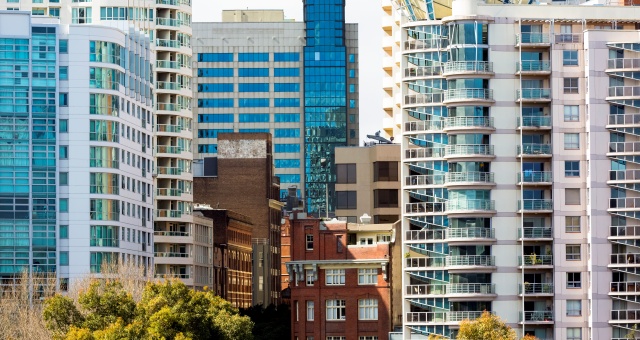
Travellers are increasingly shunning hotels and traditional accommodation providers in favour of unregulated short-term residential letting, according to the 2018-19 Australian Accommodation Monitor (AAM) released this week.
Results show a nationwide drop in RevPAR of $3.39, taking the national average to $138 per room per night. Average Daily Rate (ADR) closed at $187 with the average occupancy level at 74%, down 1.4% on the previous year. Total revenue generated by the accommodation sector was calculated to be $14.8 billion for the financial year.
Private, unregulated accommodation proved to be the fastest growing market segment among both domestic and international travellers. Among Australians, the market posted a 22.3% growth rate, while for foreign visitors, the market grew 7.6%.
However, the growth spurt could be in jeopardy with the Australian Taxation Office clamping down on unreported income from short-term letting, with online sellers of these properties including Airbnb in the process of handing over the data of its letting pool and implementing new vetting procedures and verification data to assist providers of accommodation to better adhere to their income reporting obligations.

Accommodation Association of Australia CEO, Dean Long, reiterated called for a consistent, national response to the unregulated short-term letting industry and its “quasi-hotels” via a Code of Conduct and mandatory registration and compliance framework.
“We have advocated strongly for regulation of short-term rental accommodation that recognises the significant investment and contribution made by commercial tourism accommodation.
“This can only occur if there is greater transparency of the unregulated sector and a fair playing field for us to compete and employ Australians.”
“However, there must be action at a state level that recognises the significant impact of short-term rental accommodation. States have an important role to play in ensuring appropriate planning controls are in place that govern not only commercial tourism accommodation but short-term rental accommodation.”
Tasmania was the only Australian state to have weathered the storm, posting a 0.5% occupancy growth and $4 RevPAR improvement on the back of strong visitor numbers. The Australian Capital Territory posted an even result, however every other state and territory posted negative growth. Victoria recorded the highest mainland occupancy level, coming in at 78.5% for the year. NSW was just behind on 78%, with a $5 drop in RevPAR to $166.
The Australian Accommodation Monitor is a collaboration between STR, Tourism Australia and the Australian Government which trawls accommodation data over an entire financial year. Properties considered elegible for data collection include those with ten rooms or more, generating nightly revenue and available to book by the public (excluding hotels available only to a pre-existing membership base).

